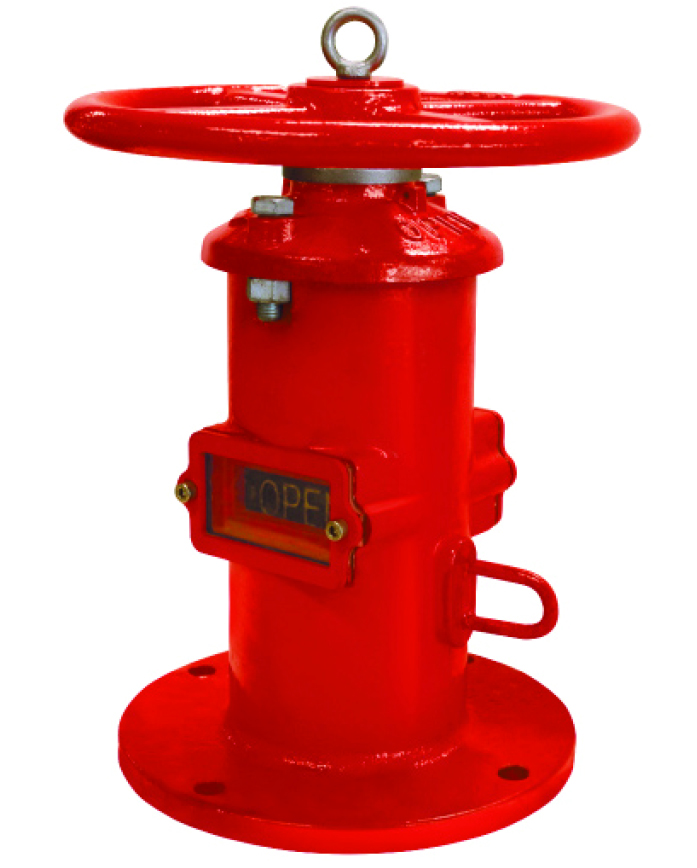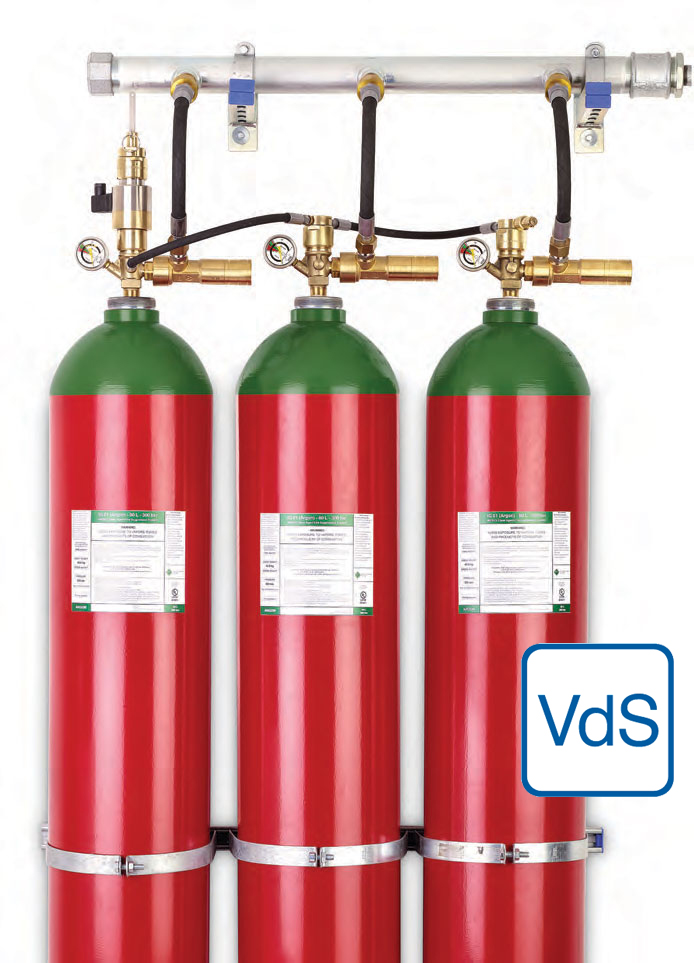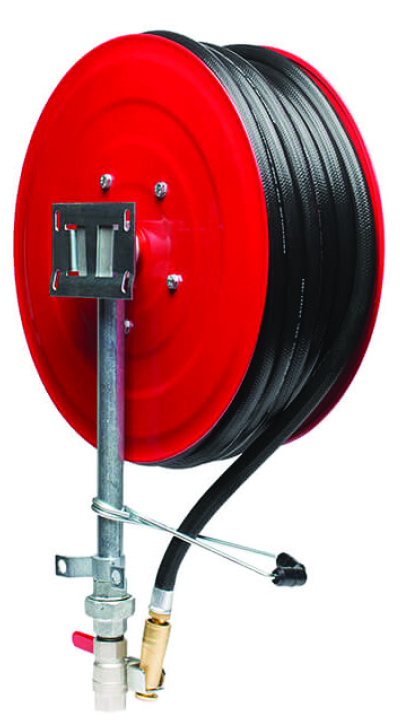A firefighting system is probably the most important of the building services, as its aim is to protect human life and property, strictly in that order. It consists of three basic parts: … a large network of pipes ending in either hydrants or sprinklers (nearly all buildings require both of these systems).
That’s why passive fire protection systems have been designed to help protect the building and its occupants during a fire. … Ultimately these systems compartmentalize a building into sections to help contain and slow the spread of the fire and smoke, while helping to guide occupants safely out of danger.
There are
two types of fire-fighting equipment: portable (e.g. fire
extinguishers, fire blankets) and fixed systems
(e.g. fire hydrants, sprinkler systems).
Fire protection systems can be made up of three key elements:
active fire protection (AFP), passive fire protection (PFP)
and education. Each component plays a very specific role in
minimising the impact of fire, and together the components are
essential for developing a complete fire protection system.
Firefighting Equipment is the main firefighter equipment used to extinguish fires, including firefighting hose, portable fire pumps, fire hose reels, fire monitors and firefighting nozzles.
There are 5 main fire extinguisher types – Water, Foam, Dry Powder, CO2 and Wet Chemical. … The various types of fire extinguisher put out fires started with different types of fuel – these are called ‘classes’ of fire
Firefighting is the act of attempting to prevent the spread of and extinguish significant unwanted fires in buildings, vehicles, woodlands, etc. A firefighter suppresses fires to protect lives, property and the environment.
Firefighters typically undergo a high degree of technical training. This involves structural firefighting and wildland firefighting. Specialized training includes aircraft firefighting, shipboard firefighting, aerial firefighting, maritime firefighting, and proximity firefighting.




